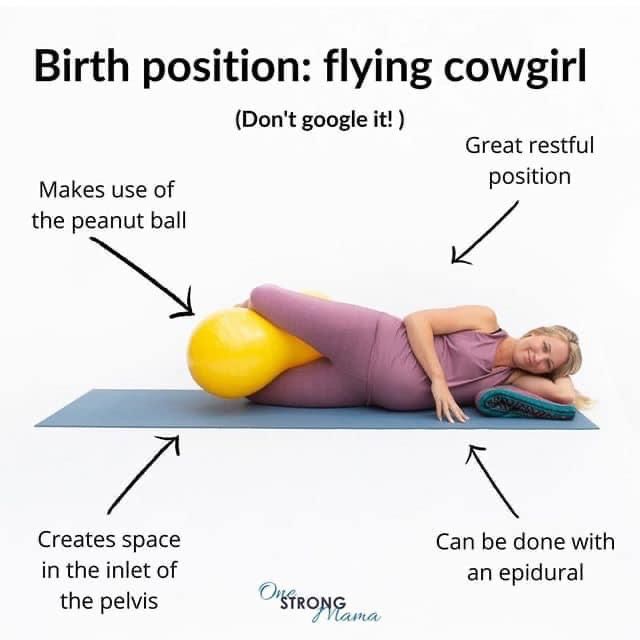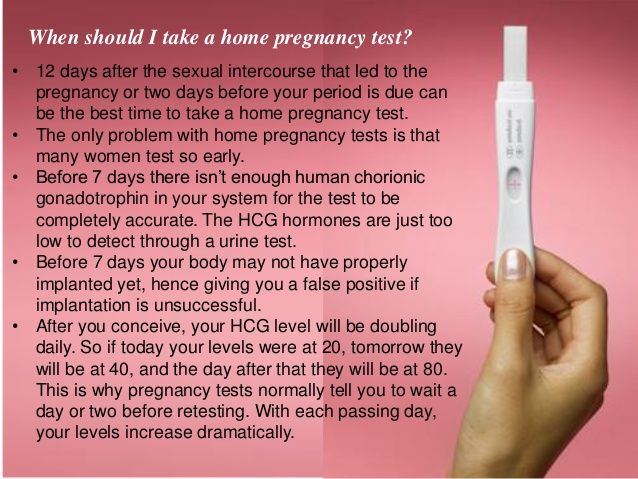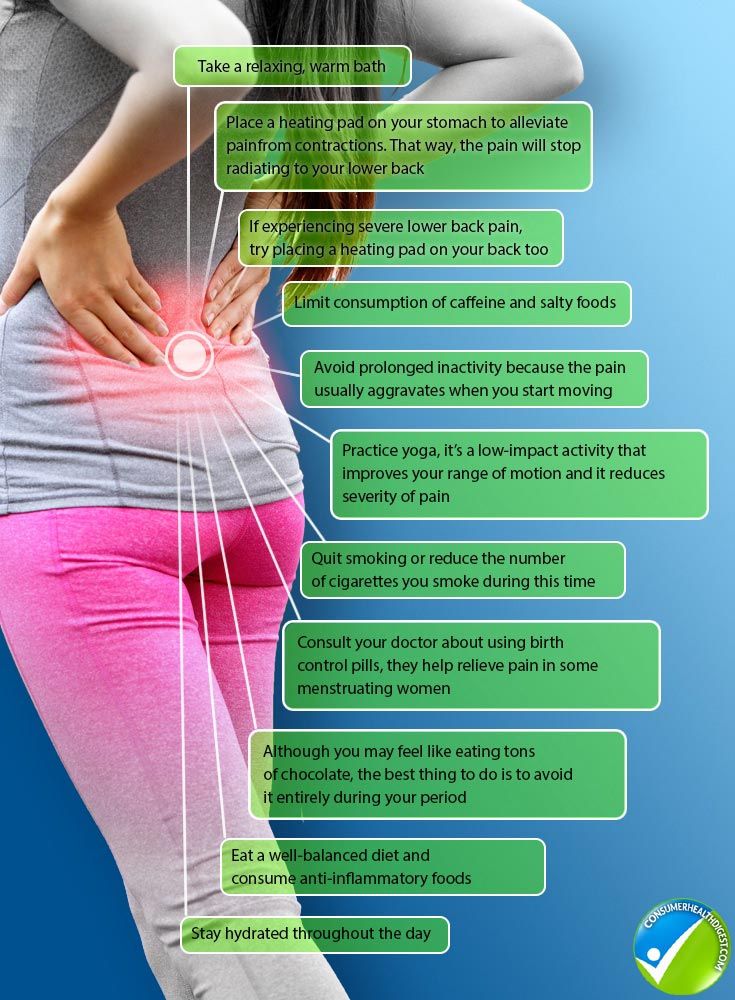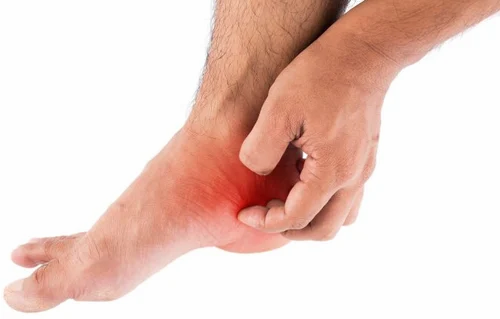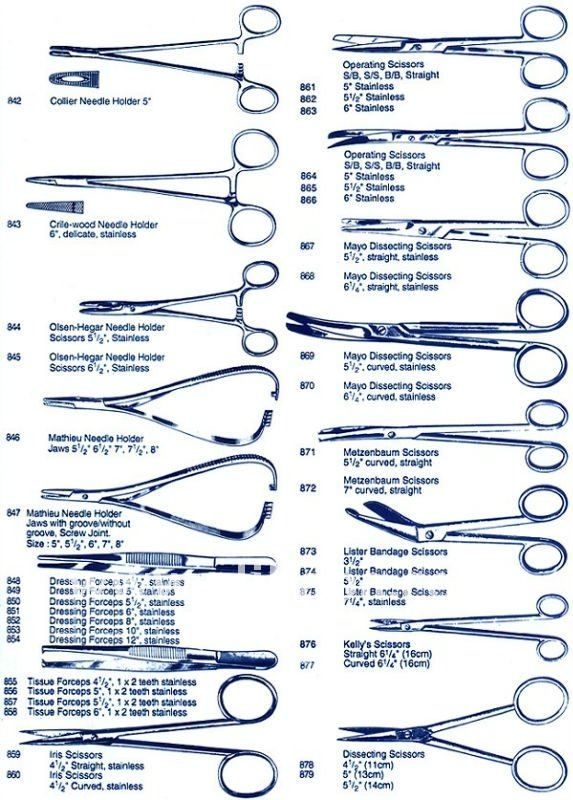Positions for labor and delivery
13 Best Labor and Birthing Positions
For nine months you prep and plan for baby’s arrival. You read books, watch videos and maybe even take a birthing class or two. But while movies and TV shows have led many of us to believe both labor and delivery happen while lying on your back with your legs spread wide, anyone who’s been through the experience will tell you it doesn’t have to play out that way.
There are actually a variety of labor positions you can assume during the first phases of childbirth and a whole other set that makes for good birthing positions when it’s time to push—and they don’t all call for you to be flat on your back. “Rotating between different labor and birthing positions is important to optimize conditions for the mom and baby,” says Sara Twogood, MD, an obstetrician gynecologist at Cedars Sinai Medical Center in Los Angeles and author of Ladypartsblog.com. “For Mom, this could mean making her more comfortable, especially if she’s having a medication-free birth. It can also mean maximizing the space in her pelvis so baby has more room.”
Here’s a primer on some of the best labor and birthing positions to help you prepare for the big day.
In this article:
Best labor positions
Best birthing positions
Best Labor Positions
The process of giving birth takes work (it’s not called “labor” for nothing). But that doesn’t mean you shouldn’t find a way to be as comfortable as humanly possible. “Labor positions are used during the labor process to help ease discomfort, move the baby down through the pelvis and encourage optimal fetal positioning,” says Lindsey Bliss, a birth doula and co-director of Carriage House Birth in New York City. “If you end up choosing not to utilize drugs for pain management, labor positions are essential for easing discomfort.”
Active labor, the phase in which contractions come on strong, is often when things really start to hurt. But keep in mind that women don’t start pushing until the cervix is fully dilated—for some women, this happens quickly; for others, not so much.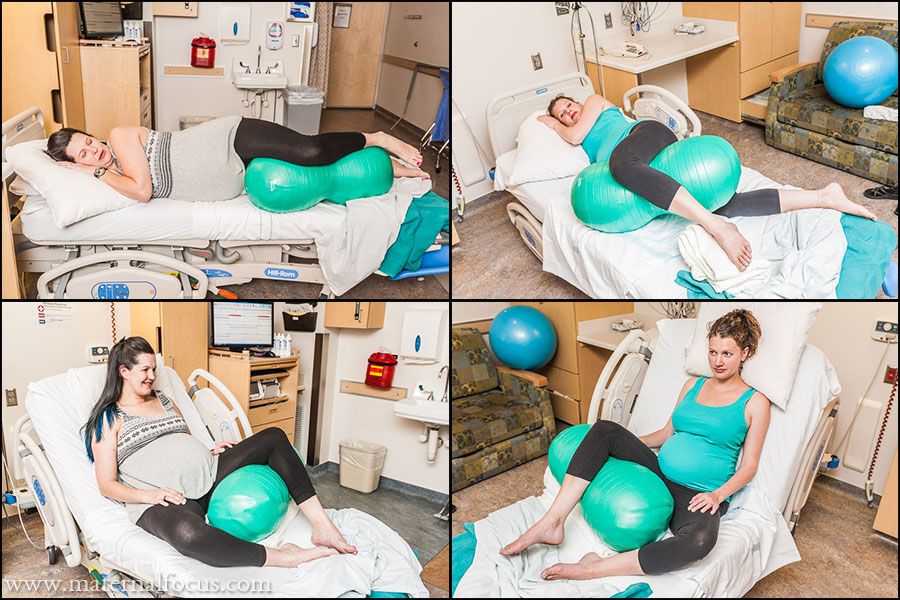 So as your body and baby prepare for delivery, there are several labor positions your doctor or midwife may suggest to get you to the pushing point more comfortably. “Labor and delivery nurses are usually really great at helping a woman move around, even with an epidural, to find the labor positions that feel best for them,” Twogood says. “I recommend women try out a number of positions during labor. Every woman and baby is different, and what works for one woman won’t be ideal for another.”
So as your body and baby prepare for delivery, there are several labor positions your doctor or midwife may suggest to get you to the pushing point more comfortably. “Labor and delivery nurses are usually really great at helping a woman move around, even with an epidural, to find the labor positions that feel best for them,” Twogood says. “I recommend women try out a number of positions during labor. Every woman and baby is different, and what works for one woman won’t be ideal for another.”
Check out some of the most common labor positions:
The hands and knees position
The all fours position calls for you to get down onto your hands and knees, either in bed or on a floor mat. “The hands and knees position is a great one, since it helps open the pelvis,” says Rebekah Wheeler,** RN, CNM, is a certified nurse-midwife in the Bay Area, California. . Adds Megan Cheney, MD, MPH, medical director of the Women’s Institute at Banner University Medical Center in Phoenix, “Sometimes baby’s heart rate responds better when you’re in the hands and knees position, especially if baby isn’t in the best spot. ”
”
Pros:
Cons:
- Your arms may get tired
The sitting position
When you feel baby’s weight bearing down, you may just want to sit down—and that’s okay. Whether it’s in a birthing chair or even on a toilet, sitting and spreading your legs in this labor position can relieve some of the pressure on your pelvis.
Pros:
- Good for resting
- Can still be used with a fetal monitoring machine
- Sitting on a toilet relaxes the perineum, which can help reduce tearing
Cons:
- A hard toilet seat can become uncomfortable
- May not be an option if you’ve had high blood pressure during pregnancy
Birthing ball positions
Besides sitting on a birthing chair or toilet, you can also work the birthing ball into your labor positions. There are more than a few women who hail the prop as their BFF during labor and delivery.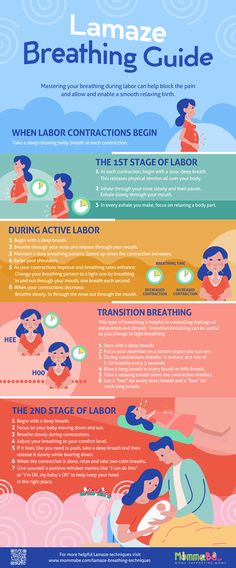 “Birthing balls provide support while you shift around,” Twogood says. “Women who want movement in their hips seem to find them helpful.” You can use a birthing ball in several ways: Some women sit or rock on it, lean against it or simply drape their upper bodies over it while kneeling. It can even be used as support while squatting. “I’m a huge fan,” Bliss says. “It’s great because women can continue bouncing and moving through the contractions even while being monitored.” Check beforehand to see if your hospital uses wireless fetal monitors; if not, you’ll be limited in how far you can move in these labor positions.
“Birthing balls provide support while you shift around,” Twogood says. “Women who want movement in their hips seem to find them helpful.” You can use a birthing ball in several ways: Some women sit or rock on it, lean against it or simply drape their upper bodies over it while kneeling. It can even be used as support while squatting. “I’m a huge fan,” Bliss says. “It’s great because women can continue bouncing and moving through the contractions even while being monitored.” Check beforehand to see if your hospital uses wireless fetal monitors; if not, you’ll be limited in how far you can move in these labor positions.
Pros:
-
Can help move baby into a favorable birthing position
-
Relieves back pressure
-
Birthing ball labor positions can help encourage dilation and move baby deeper into the pelvis
Cons:
The squatting position
Squats rarely top anyone’s list of favorite exercises, but on the day you give birth, you may want to give them a try as one of your labor positions.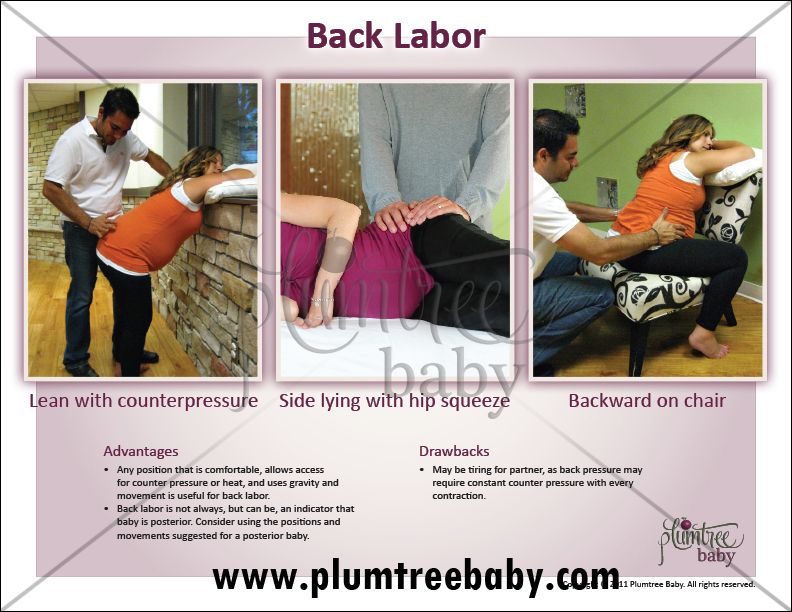 Squatting can be done against a wall or with the support of a chair or partner.
Squatting can be done against a wall or with the support of a chair or partner.
Pros:
Cons:
- May become tiring
The side-lying position
Lying on your side is one of the best labor positions to try when you need a rest. That said, just because you’re lying down doesn’t mean your body is taking a break from labor; on the contrary, it can actually help baby move into the ready position. “Side-lying and using a peanut-shaped birthing ball between the legs are wonderful tools for getting baby to descend and rotate,” Bliss says. “I encourage my clients to flip from side to side during the process to help baby come down and out.”
Pros:
-
Helps get oxygen to baby
-
Can be used if you have high blood pressure
-
Makes it easier to relax during contractions
Cons:
- May be difficult to assess fetal heartbeat
The upright position
Gravity may not be your best friend during pregnancy, but you can make it work to your advantage during childbirth through upright labor positions. Whether you’re standing, walking or swaying, simply being vertical can get you closer to the finish line. “Walking can be helpful for women who are waiting for labor to progress,” Cheney says. Amy, a mother of two from Connecticut, found that to be the case. “I walked laps around the hospital wing to speed things up,” she says. Swaying while using another person as support is also a good way to work through labor. “Rocking your hips keeps baby moving lower and lower,” Wheeler says. (It’s also good for getting a final hug of support from your partner before the main event!) Here are some other things to consider when it comes to the upright position:
Whether you’re standing, walking or swaying, simply being vertical can get you closer to the finish line. “Walking can be helpful for women who are waiting for labor to progress,” Cheney says. Amy, a mother of two from Connecticut, found that to be the case. “I walked laps around the hospital wing to speed things up,” she says. Swaying while using another person as support is also a good way to work through labor. “Rocking your hips keeps baby moving lower and lower,” Wheeler says. (It’s also good for getting a final hug of support from your partner before the main event!) Here are some other things to consider when it comes to the upright position:
Pros:
Cons:
The lunging position
Doing lunges during labor may not sound like your idea of a good time, but lunging is one of the labor positions you may want to give a whirl. Unlike at the gym, you can put your foot up on a chair for these lunges: Simply lean your body forward onto the raised foot when you feel a contraction coming on. You can repeat it as many times as you want.
You can repeat it as many times as you want.
Pros:
Cons:
- Requires a partner to help you keep your balance
The stair-climbing position
If labor has been progressing nicely and then starts to slow down, baby might need extra encouragement to slip into the optimal position for birth. You may want to consider climbing stairs as one of your labor positions, since it can help baby shift.
Pros:
Cons:
- Can be tiring, especially if you’ve been in labor for a while
Best Birthing Positions
You’ve made it through the first stages of labor—congrats! Now it’s time to switch things up and assume birthing positions for the final stretch. “Birthing positions are used to push baby out,” Bliss says. Like labor positions, birthing positions don’t always equal lying on your back. In fact, “women who are in bed tend to experience more pain than women who move around,” Wheeler says.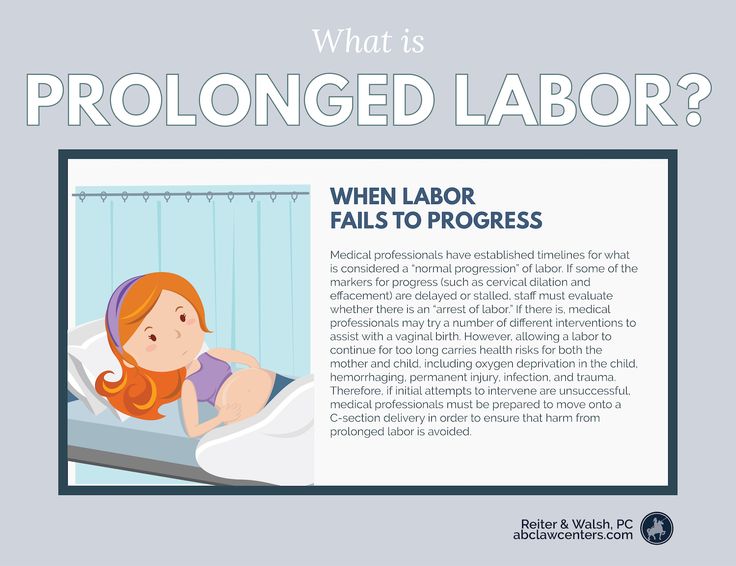 Here are some of the best birthing positions to try.
Here are some of the best birthing positions to try.
Squatting birth positions
Squats aren’t only great to do during labor, but they’re also among the popular birthing positions. Remember, when it comes to labor and delivery, gravity is on your side.
Pros:
Cons:
Reclining birth positions
Childbirth is hard work, and you might need to take a break—which is why many women opt for reclining birthing positions. Keep in mind, “reclining” can mean a number of things—yes, you can lie down in bed, but you can also recline against a wall, a chair or another person.
Pros:
- Can release tension and relax the muscles
- May be a good alternative if a woman is tired but doesn’t want to lie down completely
Cons:
- Can work against gravity
Birthing stool positions
A birthing stool can be used in a variety of birthing positions: Women can squat on it, get in the all fours position and use it to support the arms or even rock back and forth with it, depending on the design of the stool.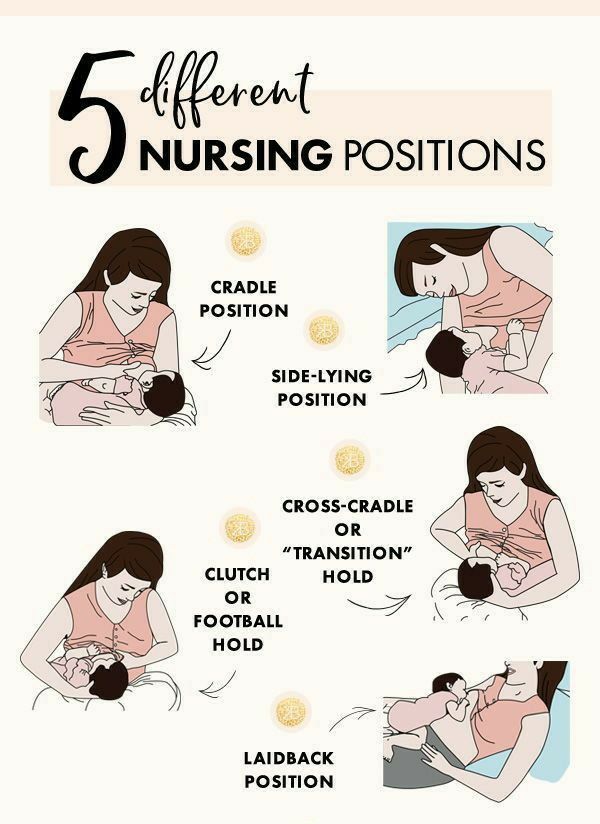 Bonus: If you like the idea of a water birth, there are some birthing stool models that work in the water.
Bonus: If you like the idea of a water birth, there are some birthing stool models that work in the water.
Pros:
-
Can help baby move farther down
-
Relieves stress on the back
-
Can increase dilation of the cervix
Cons:
- Women may experience increased blood loss
Birthing bar positions
Call it the birthing stool’s cousin: The birthing bar is an attachment that can be added to many labor beds to help support birthing positions. With a birthing bar, you can sit up at any time and squat, leaning on the bar for support. “The birthing bar can be an awesome tool. You can wrap a towel on it to make it easier to use and switch positions,” Wheeler says. That proved to be true for Jennifer, a mom of two from Connecticut, who recalls that “after about two hours of pushing with no success, the birthing bar was put on the bed. It helped me get the resistance I needed to push to the point where the doctor could intervene.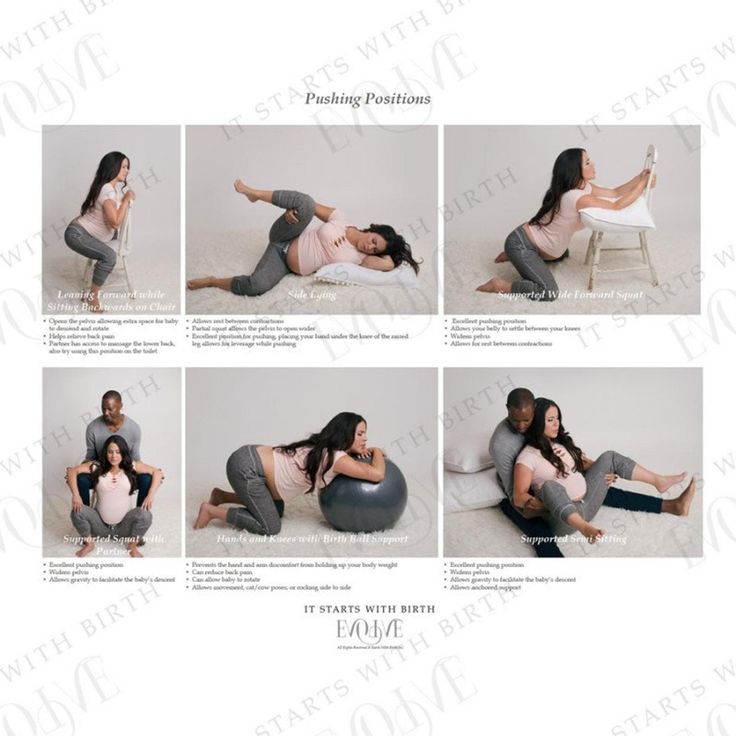 ”
”
Pros:
Cons:
- May not be available at all hospitals
Kneeling birth positions
If baby is facing Mom’s abdomen instead of her back, kneeling can help them turn to get into the proper position. Kneeling is one of the most popular birthing positions because it also gives mom a much-needed break.
Pros:
Cons:
- May be difficult for continuous fetal monitoring
When it comes to labor and birthing positions, discuss all options with your doctor or midwife to land on the ones that will be most comfortable and practical for you. “Every baby and mom responds to positions differently. It’s the job of the labor assistant to help figure out what works best,” Wheeler says. Whichever labor and birthing positions you choose, it’ll all be worth it when baby is finally placed in your arms.
Updated February 2020
Expert bios:
Sara Twogood, MD, FACOG, is a board certified obstetrician-gynecologist at Cedars Sinai Medical Center in Los Angeles.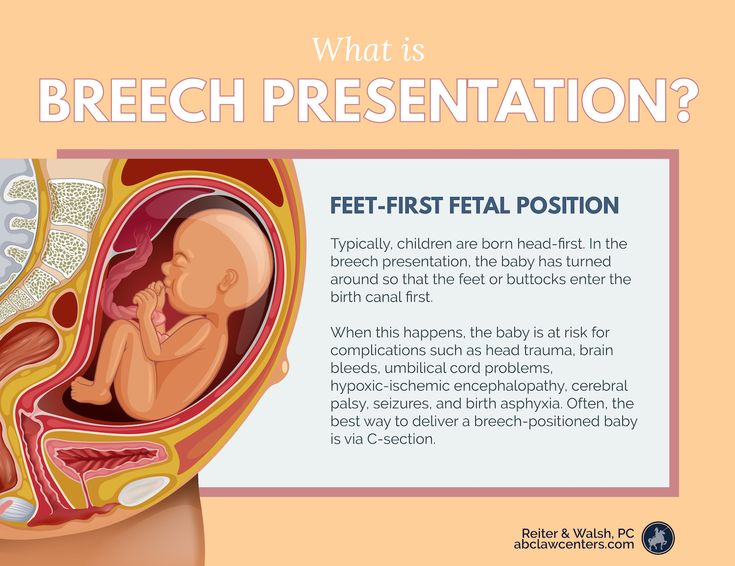 Previously, she held a faculty appointment at USC Keck School of Medicine and practiced general OBGYN in an affiliated private practice. Twogood is also the author of Ladypartsblog.com, which covers topics relating to fertility and pregnancy, and the founder of FemEd, a program designed to empower females through health education.
Previously, she held a faculty appointment at USC Keck School of Medicine and practiced general OBGYN in an affiliated private practice. Twogood is also the author of Ladypartsblog.com, which covers topics relating to fertility and pregnancy, and the founder of FemEd, a program designed to empower females through health education.
Lindsey Bliss is a birth doula and co-founder of Carriage House Birth, a doula agency established in New York City in 2012 that now serves Los Angeles as well.
Rebekah Wheeler, RN, CNM, MPH, is a certified nurse-midwife in the Bay Area, California. She is the founder of the Malawi Women’s Health Collective, a small non-profit organization, and has served on the boards of the California Nurse-Midwifery Association, Planned Parenthood of Rhode Island and the Women’s Health and Education Fund of Southeastern Massachusetts. She holds a Master’s of Public Health and a Master’s of Science in Nursing from Yale University.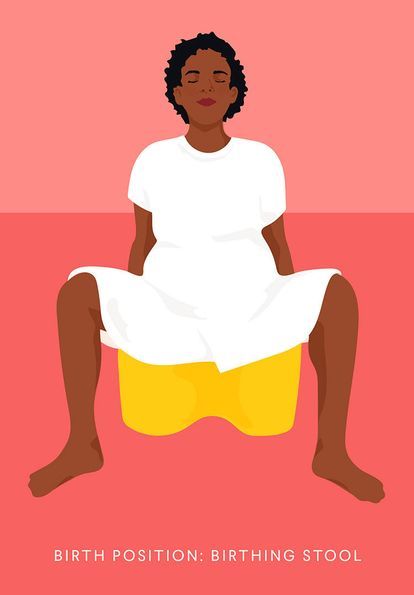
Megan Cheney, MD, MPH, is an ob-gyn and the medical director of the Women’s Institute at Banner University Medical Center in Phoenix, Arizona. She earned her medical degree from University of Arizona College of Medicine in 2009.
Please note: The Bump and the materials and information it contains are not intended to, and do not constitute, medical or other health advice or diagnosis and should not be used as such. You should always consult with a qualified physician or health professional about your specific circumstances.
Plus, more from The Bump:
4 Must-Know Strategies for an Easier Labor and Delivery
5 Medication Options for Pain Relief During Labor
What to Expect During the Different Stages of Labor
Positions for labour and birth
Positions for labour and birth | Pregnancy Birth and Baby beginning of content6-minute read
Listen
There's no rule to that says you must give birth flat onlying flat on your back in a hospital bed.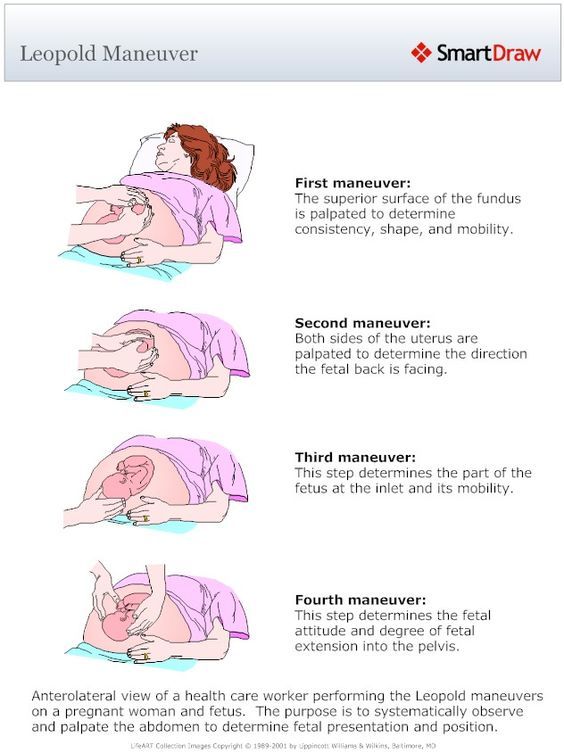 You can choose to move around and into different positions throughout your baby's birth. It's your prerogativechoice. Birthing positions can help you to feel in control, reduce pain and open your pelvis to help the baby come out.
You can choose to move around and into different positions throughout your baby's birth. It's your prerogativechoice. Birthing positions can help you to feel in control, reduce pain and open your pelvis to help the baby come out.
What are some options?
In the past 100 years, women people in Western countries have often usually given birth lying down, mostly on their backs. However, in previous centuriesbefore this they gave birth in an upright position, as women females in many other cultures have traditionally done.
Today, you can choose the birth position that makes you most comfortable, unless there is a medical reason not to. Many women people find positions naturallyinstinctively during their labour and birth. You may also choose to practise some of them before you have your baby.
It is recommended that youa good idea to walk, move and change positions frequently during the various stages of labour.
Positions for stage 1 labour
Early labour
During the first stage of labour, your cervix gets thinner and dilates (opens up) to about 3cm.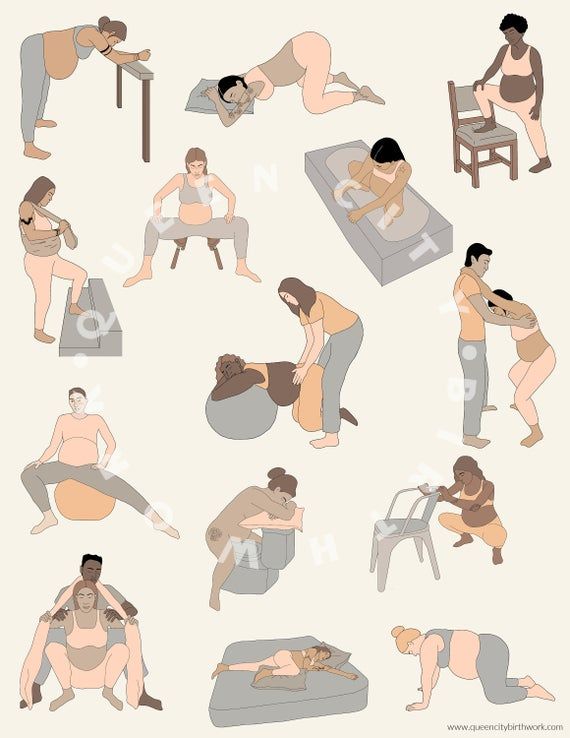 You may still be at home and choose to stand in the shower, sit in the bath, walk around or find another position that's comfortable for you.
You may still be at home and choose to stand in the shower, sit in the bath, walk around or find another position that's comfortable for you.
Unless there is a medical reason to do it, lying on your back is generally not recommended advised in the first stage of labour because it can reduce blood supply to your baby. and It potentially could also lead to a longer labour. You can, however, rest during this early phase to conserve your energy, which you'll need later. Choose a comfy position lying on your side or sitting with your feet up.
Keep moving and changing positions to prevent fatigue tiredness and ensure your muscles don't get too sore. You may find yourself standing upright or bent over while rocking and swaying. This is, sometimes called the 'dance of labour'. This can help both you and the your baby by:
- easing reducing pressure on the your pelvic area and
- encourageing youring the baby to move into the correct position in the your pelvis.
Active labour
As you move into established, also known as 'active' labour, your cervix dilates from 3cm to 10 cm.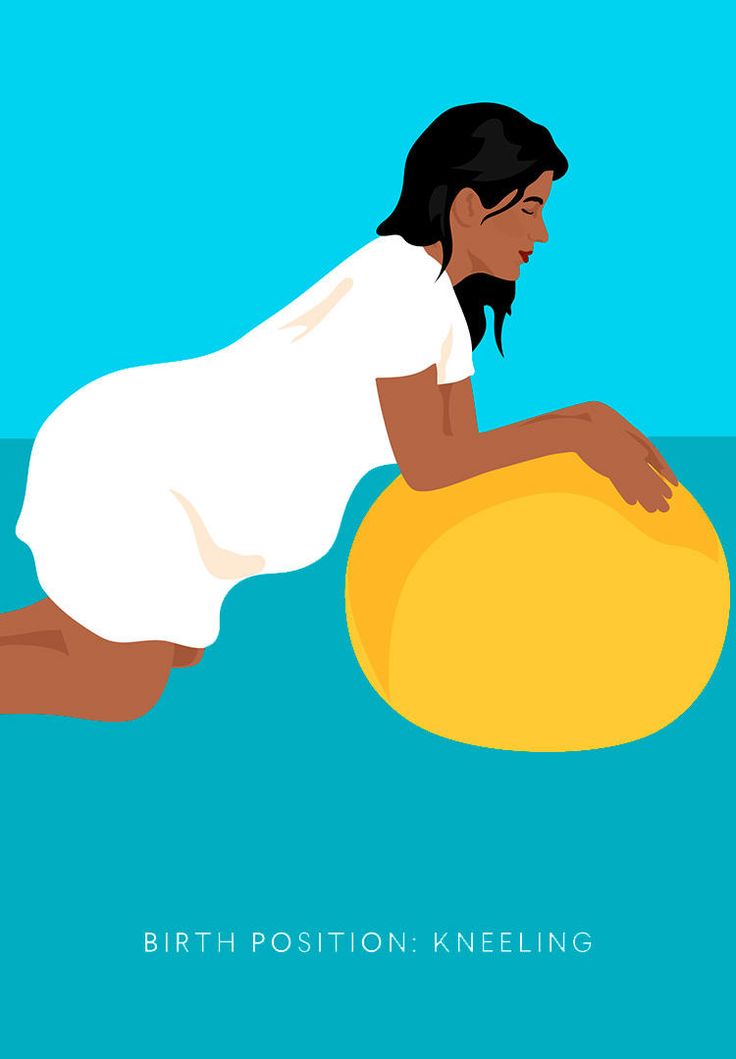 and Your contractions will become more frequent and stronger.
and Your contractions will become more frequent and stronger.
Your maternity team will encourage you to choose your own positions during this phase of labour. They may and may make suggestions to help you. Try to choose aAn upright position since it has many benefits, including:
- allowing for the your baby to move down and into the right position
- bringing on stronger contractions and potentially a shorter labour
- decreasing the your chance of need foring an epidural
- giving you less severe pain or backache
- reducing the likelihood of a forceps or vacuum-assisted birth
- decreasing the chance of problems with the baby's heart rate
- helping to open your pelvis for the next stage
Here are some positions you could can choose:
- kneeling, using a chair or birthing ball (yoga, or 'fit' ball) for support
- swaying or walking and holding a support person during contractions
- standing and moving in the shower to help reduce pain
- sitting or kneeling in a bath, to reduce pain and make you buoyantlight, making it easier to change positions
- squatting, using a birthing stool, ball or squatting bar; this can help the flow of oxygen to your baby, reduce back pain and move the baby correctly into position
- sitting and rocking on a chair or edge of the bed
- sitting backwards on a chair, with arms resting on the chair-back
- leaning forward over the bed
- sitting on a chair leaning forward
- lunging with one foot up on a chair or footstool
- kneeling on hands and knees to help reduce back pain
If you want, your birth partner can massage you, help guide your breathing, and support you while you are in these positions.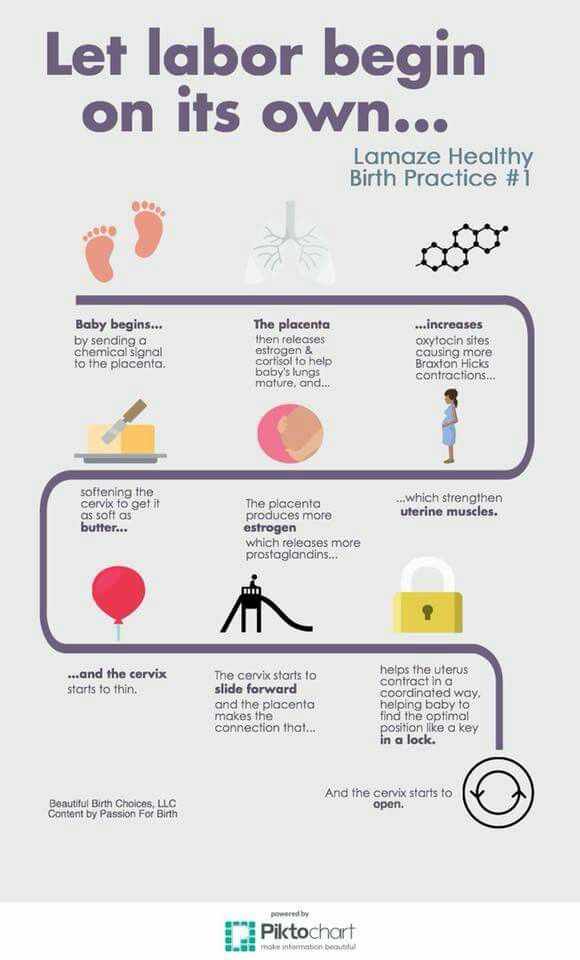
Positions for stage 2 labour
The second stage is when your cervix is fully dilated and as your contractions happen. This is when you'll push during contractions so your baby can move through down and out of your vagina.
Maintaining an upright position can open your pelvis and make it more comfortable for you to push. It can also help angle or tilt the pelvis to help the your baby come down and lead to a faster birth.
If you are in bed, you can still kneel or go on all fours. You can also try: sitting, semi-recumbentlying down, on the bed, or lyingie on your side with your top leg bent.
If your baby is positioned facing your back (posterior) or halfway between your back or front (lateral), being on your hands and knees can help, particularly with back pain.
What might stop me from moving or choosing my own positions?
- An epidural usually makes your legs feel heavy and numb so you will need to lie on the bed. However, new mobile, or 'walking', epidurals are now available to allow you to get up and move.
 You will need to check whether your hospital provides this.
You will need to check whether your hospital provides this. - An electronic monitor may be placed around your abdomen to check the baby's heart ratebeat and this may restrict your movement. Ask if your birthing facility has a mobile monitor, which will let you move around.
- If forceps or a ventouse (vacuum) is used to help your baby out of your vagina, you will need to lie on your back. The same applies forYou will also need to lie down for a vaginal examination or episiotomy.
How to practise using positions for labour and birth
It’s a good idea to practice the positions that you think you might like to use during your labour and birth. You can do this by:
- Joining an antenatal class.
- Searching for images and videos on the internet and practise practising at home.
Sources:
RANZCOG (Provision of routine intrapartum care in the absence of pregnancy complications), Cochrane database (Position in the second stage of labour for women without epidural anaesthesia), Cochrane database (Maternal positions and mobility during first stage labour), Journal of Australian College of Midwives (What are the facilitators, inhibitors, and implications of birth positioning? A review of the literature), RANZCOG (Water immersion during labour and birth)Learn more here about the development and quality assurance of healthdirect content.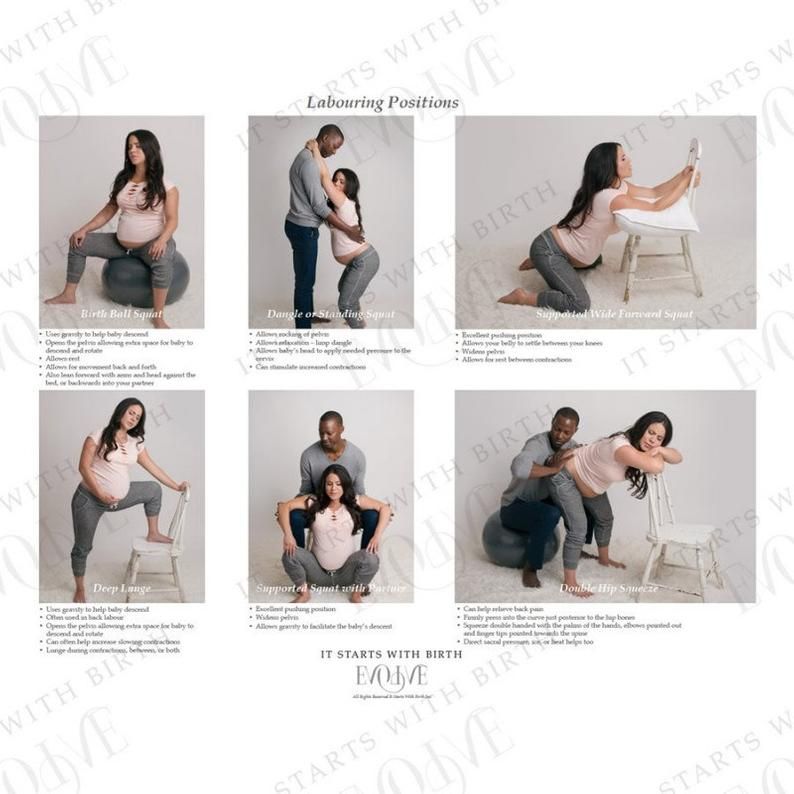
Last reviewed: August 2022
Back To Top
Related pages
- What to take to hospital - checklist
- Making a birth plan
- Choosing where to give birth
- Anatomy of pregnancy and birth
Need more information?
Giving birth - first stage of labour
Find out what happens during the first stage of labour.
Read more on Pregnancy, Birth & Baby website
Labour and Birth
Read more on RANZCOG - Royal Australian and New Zealand College of Obstetricians and Gynaecologists website
Premature birth: emotional preparation | Raising Children Network
If you know your baby will be born early, you can prepare yourself mentally and emotionally.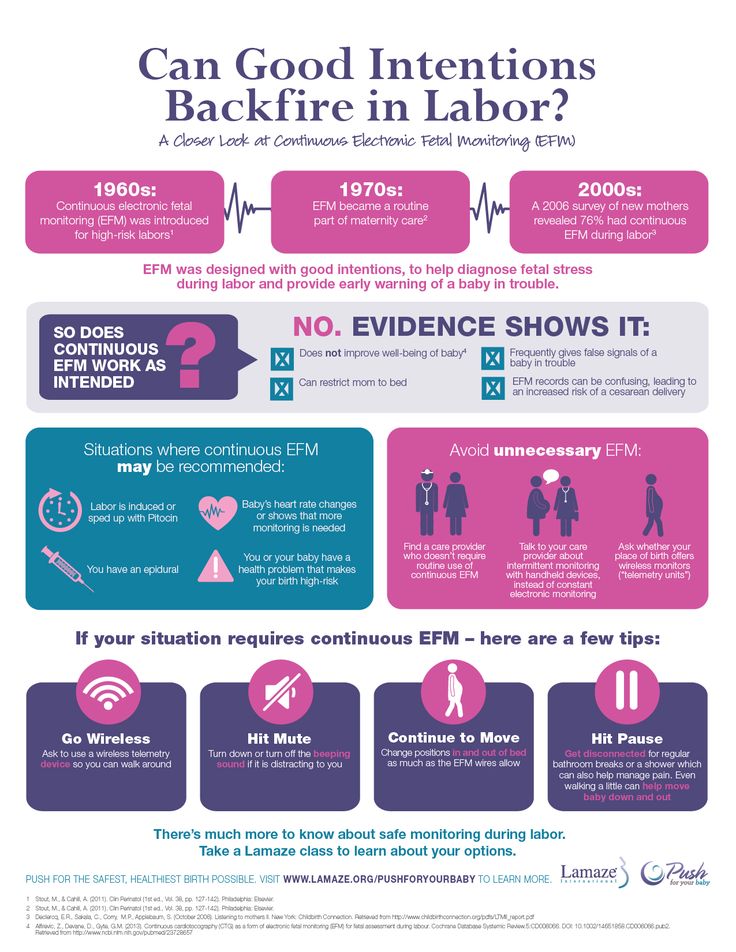 Practise relaxation and take a tour of the NICU. Find out more.
Practise relaxation and take a tour of the NICU. Find out more.
Read more on raisingchildren.net.au website
Dads: premature birth and premature babies | Raising Children Network
After a premature birth, it can be hard for dads. Our dads guide to premature babies and birth covers feelings, bonding, and getting involved with your baby.
Read more on raisingchildren.net.au website
Premature birth: coping with your feelings | Raising Children Network
After a premature birth and while caring for a premature baby, it’s normal to have powerful and mixed feelings. Here’s how to cope with your feelings.
Read more on raisingchildren.net.au website
Labour and birth classes
Labour and birthing classes (also called antenatal classes) will help you prepare for the birth of your baby.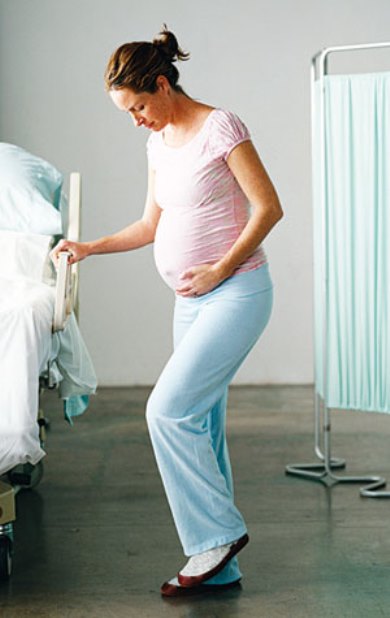 Learn here about the different classes available.
Learn here about the different classes available.
Read more on Pregnancy, Birth & Baby website
Interventions during labour
An ‘intervention’ is an action taken by a midwife or doctor that literally intervenes in the birthing process. Read about the different types of intervention.
Read more on Pregnancy, Birth & Baby website
Having a baby at a birthing centre
Birthing centres are usually more home-like than hospitals. Birthing centres are run by midwives, and in some centres, water birth is an option.
Read more on Pregnancy, Birth & Baby website
Pregnancy care & birth at birth centres | Raising Children Network
Birth centres support healthy women with low-risk pregnancies to give birth in a home-like environment.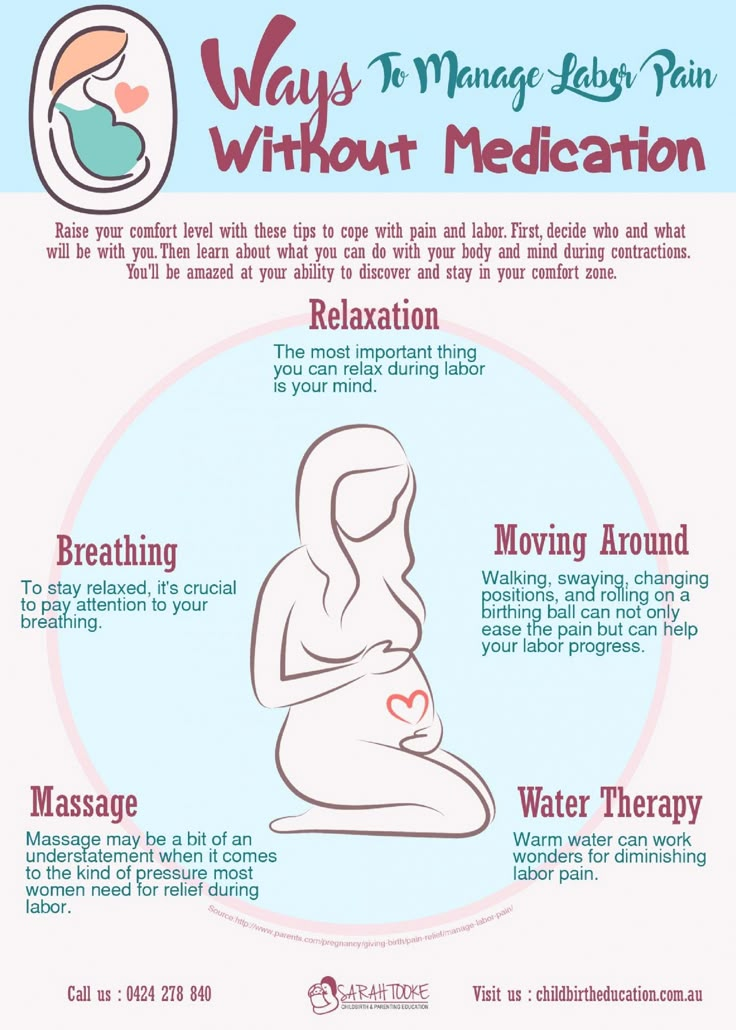 Pregnancy care at birth centres is led by midwives.
Pregnancy care at birth centres is led by midwives.
Read more on raisingchildren.net.au website
Giving birth - third stage of labour
The third stage of labour is immediately after the birth of your child.
Read more on Pregnancy, Birth & Baby website
Disclaimer
Pregnancy, Birth and Baby is not responsible for the content and advertising on the external website you are now entering.
OKNeed further advice or guidance from our maternal child health nurses?
1800 882 436
Video call
- Contact us
- About us
- A-Z topics
- Symptom Checker
- Service Finder
- Linking to us
- Information partners
- Terms of use
- Privacy
Pregnancy, Birth and Baby is funded by the Australian Government and operated by Healthdirect Australia.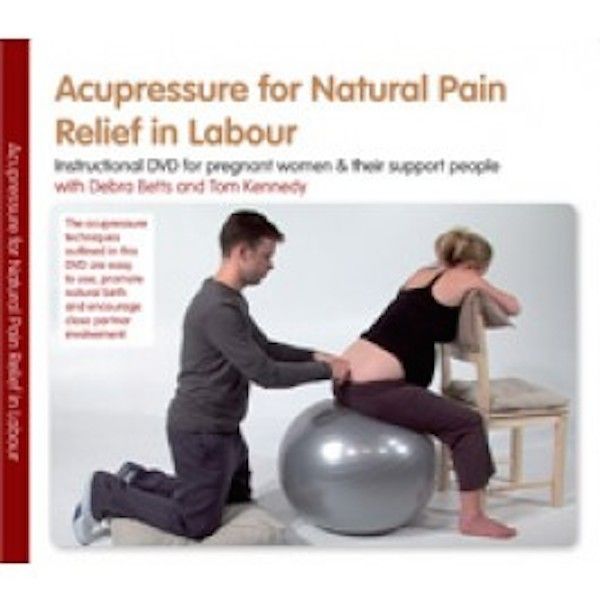
Pregnancy, Birth and Baby is provided on behalf of the Department of Health
Pregnancy, Birth and Baby’s information and advice are developed and managed within a rigorous clinical governance framework. This website is certified by the Health On The Net (HON) foundation, the standard for trustworthy health information.
This site is protected by reCAPTCHA and the Google Privacy Policy and Terms of Service apply.
This information is for your general information and use only and is not intended to be used as medical advice and should not be used to diagnose, treat, cure or prevent any medical condition, nor should it be used for therapeutic purposes.
The information is not a substitute for independent professional advice and should not be used as an alternative to professional health care. If you have a particular medical problem, please consult a healthcare professional.
Except as permitted under the Copyright Act 1968, this publication or any part of it may not be reproduced, altered, adapted, stored and/or distributed in any form or by any means without the prior written permission of Healthdirect Australia.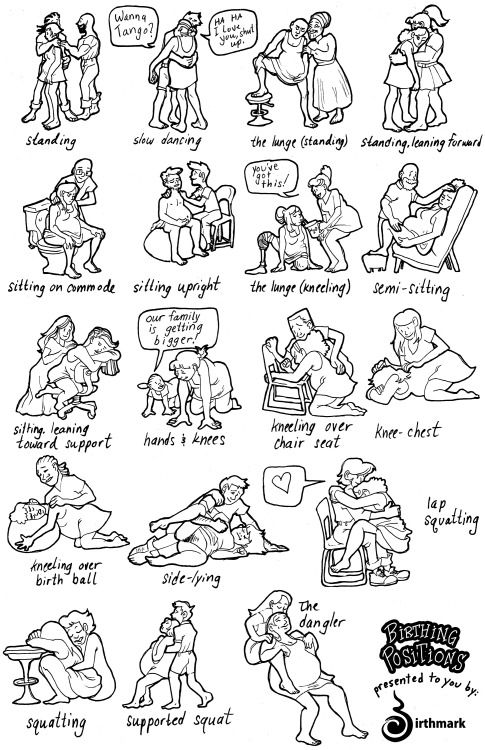
Support this browser is being discontinued for Pregnancy, Birth and Baby
Support for this browser is being discontinued for this site
- Internet Explorer 11 and lower
We currently support Microsoft Edge, Chrome, Firefox and Safari. For more information, please visit the links below:
- Chrome by Google
- Firefox by Mozilla
- Microsoft Edge
- Safari by Apple
You are welcome to continue browsing this site with this browser. Some features, tools or interaction may not work correctly.
What will the labor market look like in 2025
Varvara Grankova
Digitalization and the pandemic have accelerated transformations in the labor market. Now, people around the world will lose their jobs not only due to the spread of new technologies, as previously predicted, but also due to the economic crisis, according to the Future of Jobs report (“Future of Jobs 2020”), published recently by the World Economic Forum ( WEF).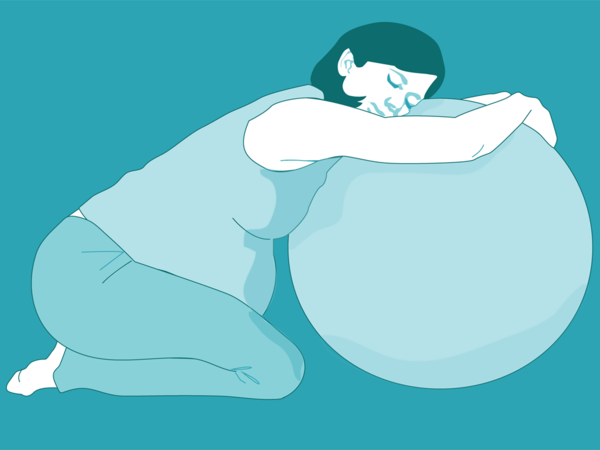 According to the report, by 2025 new technologies will destroy 85 million jobs and replace 97 million new. But these new jobs will appear much more slowly than previously expected, and the old jobs will begin to disappear, on the contrary, faster.
According to the report, by 2025 new technologies will destroy 85 million jobs and replace 97 million new. But these new jobs will appear much more slowly than previously expected, and the old jobs will begin to disappear, on the contrary, faster.
The authors of the report calculated that over the next five years, the share of redundant jobs in the economy will decrease from 15.4 to 9% (by 6.4 percentage points), while the share of places in new professions will increase more slowly - from 7.8 to 13.5% (by 5.7 p.p.). Most of all, specialists in data analysis, artificial intelligence and machine learning, digital marketing and strategy, and automation will be in demand. And the demand for data entry specialists, secretaries, accountants, factory workers, administrators, mechanics will fall. The report is based on data from a survey of senior executives responsible for personnel policy, strategy and innovation in companies that operate in 26 countries in 15 economic and social sectors.
Reductions prevail
According to the WEF, the COVID-19 pandemic has significantly exacerbated inequality in the labor market, for the first time since the 2008-2009 crisis. stopped the growth of employment and accelerated the development of the fourth industrial revolution and universal digitalization. All this is happening against the backdrop of a complete economic lockdown in 100 countries from mid-March to mid-April 2020. 8.9% only by the end of 2021. But already now, approximately 15% of the entire workforce in 35 countries (approximately 97.3 million people) is at high risk of dismissal or reduction, the authors of the report cite the IMF data.
Employers, on the other hand, say that by 2025 reforms in companies will lead to a change in business goals, the structure of jobs and the set of skills required by workers. 43% of companies intend to reduce the number of jobs due to the introduction of new technologies, 41% plan to actively attract contractors for specialized work, and only 34% plan to create new jobs thanks to technology.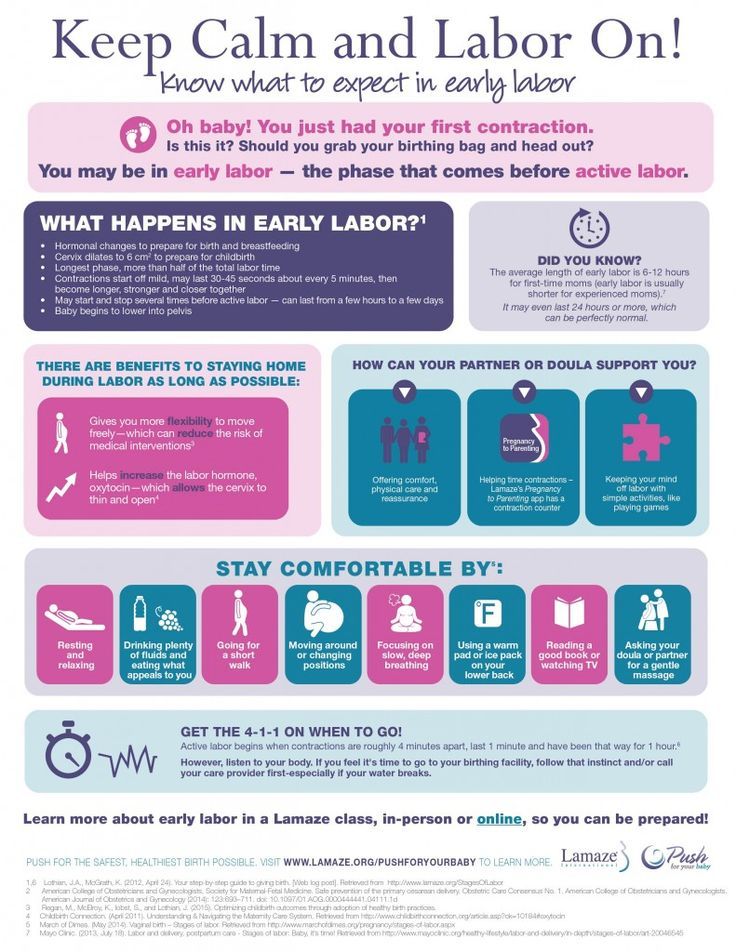
Automation and remote work
In the coming years, the rapid pace of technology adoption will remain unchanged and may accelerate only in some industries, the authors of the report write. Companies are now showing the greatest interest in cloud computing and technologies related to big data and e-commerce. Interest in encryption, robotization and artificial intelligence has also grown.
By 2025, people and machines are predicted to spend the same amount of time doing everyday tasks. And 84% of employers are already focused on the digitalization of many work processes, including a significant expansion of remote work. Potentially, 44% of the workforce can transfer to a remote mode, and this is a consequence not only of digitalization, but also of a pandemic.
The pandemic, the report says, has divided workers into three categories: vital for organizations staff who work in the field (delivery workers, medical workers, grocery store workers, agricultural workers), remote workers who can work remotely and, are likely to keep their jobs, and laid off temporarily or permanently workers - mainly from the sectors most affected by the crisis.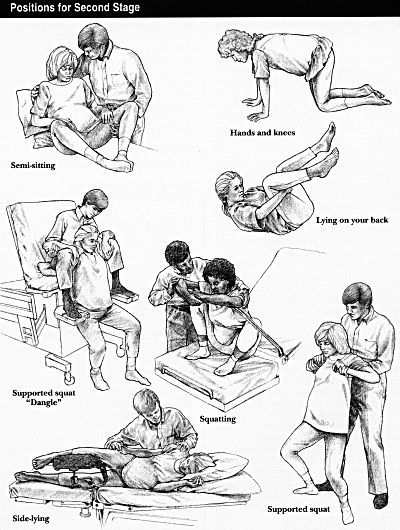 All three of these types of workers are now facing a change in the way they work and need more training: field workers need to take care of their physical safety, remote workers need to become digitally savvy and learn how to work from home with family responsibilities, and people who have lost their jobs are forced to think about retraining.
All three of these types of workers are now facing a change in the way they work and need more training: field workers need to take care of their physical safety, remote workers need to become digitally savvy and learn how to work from home with family responsibilities, and people who have lost their jobs are forced to think about retraining.
43%
companies plan to cut jobs by 2025 due to the introduction of new technologies, according to a WEF report
The pandemic has shown that new hybrid work formats can be used to a greater extent than before, but many managers are still doubt that the transition to remote work can increase productivity. 78% of executives expect the current way of working to have a negative impact on productivity.
Retraining not guaranteed
Employers will have to retrain their employees en masse. According to the report, companies are confident that 40% of their workers will need retraining within the next six months.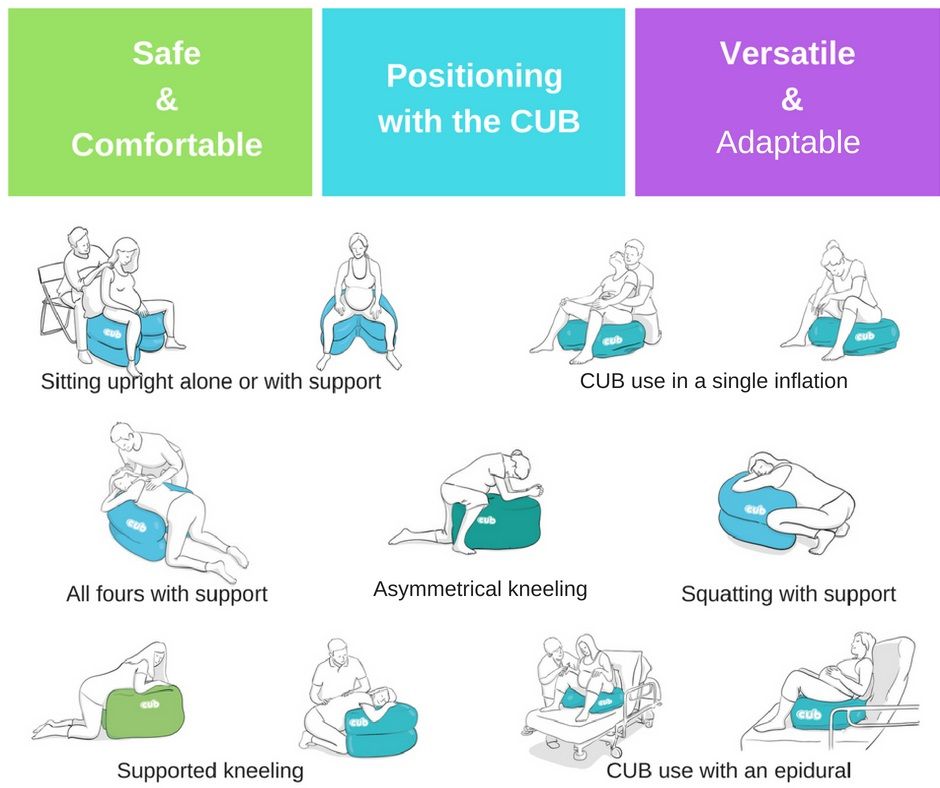 The key skills that workers need to master by 2025 include: critical thinking, the ability to analyze and find complex solutions to problems, self-management and active learning skills, stress tolerance and flexibility.
The key skills that workers need to master by 2025 include: critical thinking, the ability to analyze and find complex solutions to problems, self-management and active learning skills, stress tolerance and flexibility.
According to the survey, this year the number of employers that provide employees with the opportunity to study online increased by 5 times, and by 9times the number of those who study online under state programs has increased. At the same time, employees who have retained their jobs pay more attention to personal development. And those who lost their jobs are focusing on teaching digital skills: they study data analysis, computer science and information technology.
However, there are fewer opportunities for retraining than there used to be. This applies both to those who continue to work in their profession, and to those who are at risk of losing their jobs due to the corona crisis and digitalization. Workers who keep their jobs are likely to realize within five years that the proportion of new skills in their jobs is now up to 40%.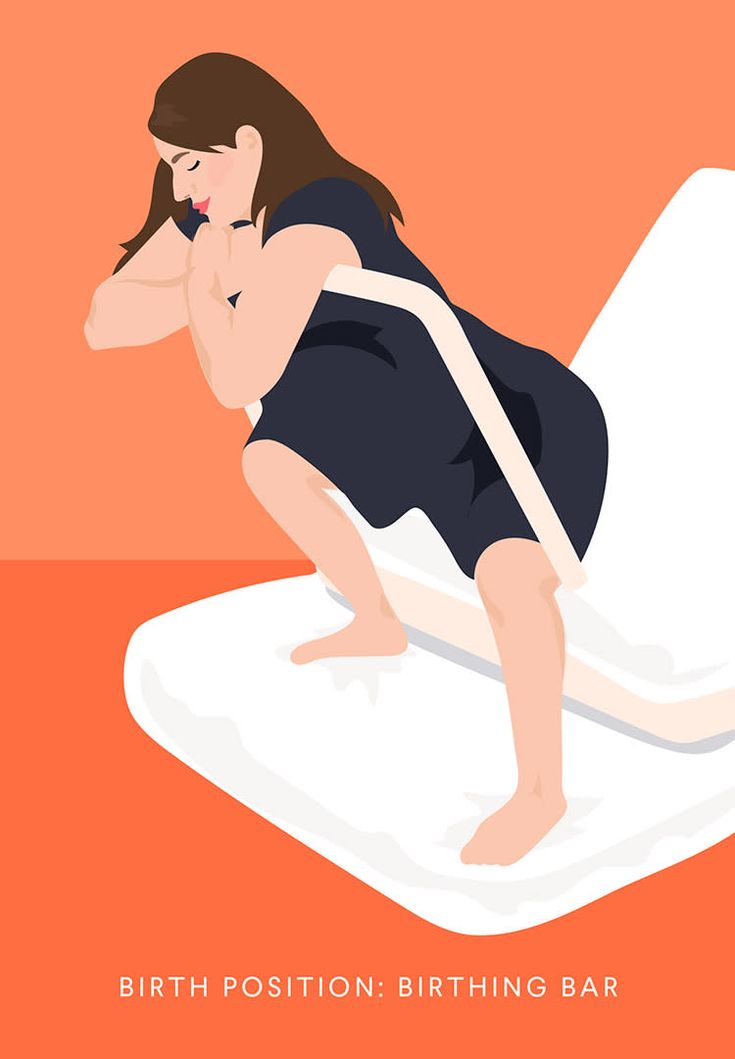 This means that the likelihood that retraining will solve the problems of finding a new job or keeping an old one will decrease.
This means that the likelihood that retraining will solve the problems of finding a new job or keeping an old one will decrease.
Almost 17% of employers surveyed doubt the return on investment in employee education. Although the majority (66%) expects to recoup the investment.
On average, employers hope that by 2025 more than 70% of employees will improve their skills. Through retraining, employers also hope to redeploy nearly 50% of workers within organizations whose positions have been made redundant by automation and expansion.
Less automation, more remote
According to the WEF report, now 76.9% of companies around the world are ready to keep their employees working remotely, 73.1% are going to accelerate the digitalization of business processes, 57.7% will accelerate automation, and 38.5% will accelerate organizational transformation. In Russia, the share of those who switched to remote work is higher - 80.6%. However, the Russian labor market, according to WEF surveys, lags behind in the pace of automation and organizational reforms: only 47.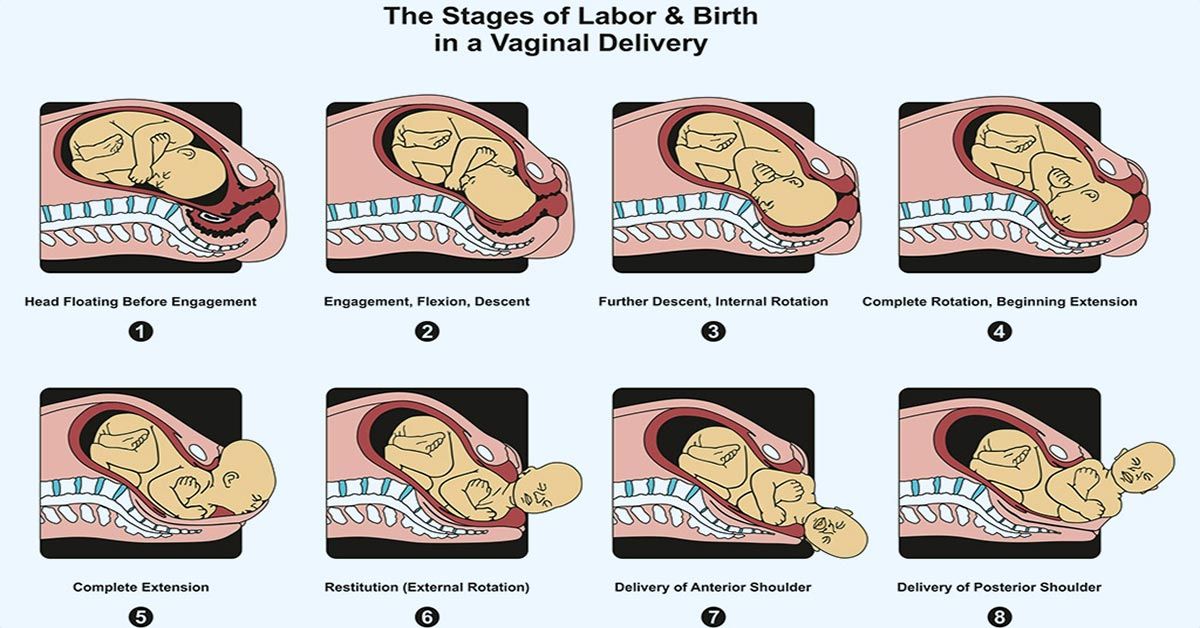 2% of respondents reported an increase in the level of automation (10 percentage points lower than in the world), 30.6% - an acceleration organizational transformations (8 percentage points less).
2% of respondents reported an increase in the level of automation (10 percentage points lower than in the world), 30.6% - an acceleration organizational transformations (8 percentage points less).
The digital skills of the Russian population are estimated at 66% on a scale of 100%, and the skills needed for business at 59.2%. This is worse than in the US, where the level of digital skills of the population is estimated at 69.4%, and skills needed for business - at 69.7%.
In Russia, highly qualified and intermediate-skilled specialists occupy a significant place in the employment structure, but there is also a large share of simple professions, such as salespeople, drivers, security guards, says Vladimir Gimpelson, director of the Center for Labor Relations at the Higher School of Economics. According to Gimpelson, digitalization creates a demand for highly skilled IT specialists, but does not destroy non-routine low-skilled jobs, but the medium-skilled segment suffers, as automation replaces routine work.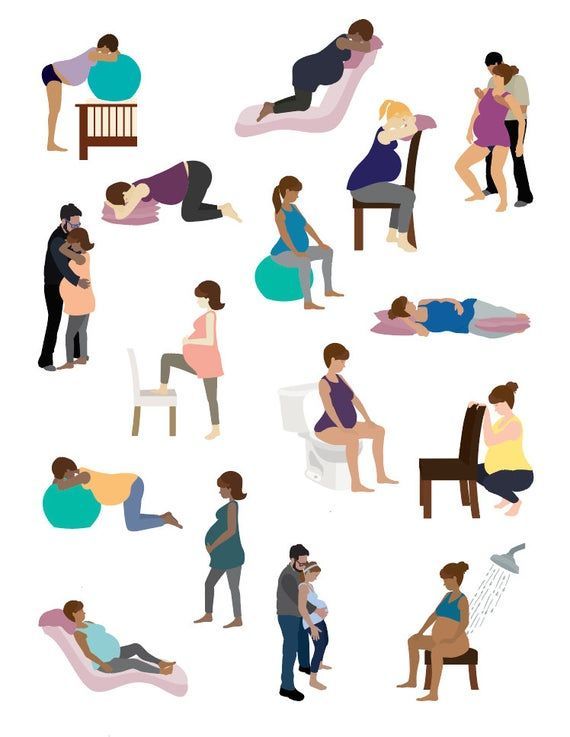 During the pandemic, he argues, the demand for couriers in Russia increased, while the demand for qualified programmers remained, but the demand for mid-level specialists sharply decreased. This could be a manifestation of the polarization of the labor market caused by digitalization, which has been accelerated by the pandemic, he says.
During the pandemic, he argues, the demand for couriers in Russia increased, while the demand for qualified programmers remained, but the demand for mid-level specialists sharply decreased. This could be a manifestation of the polarization of the labor market caused by digitalization, which has been accelerated by the pandemic, he says.
So far, the demand for specialists with new digital skills in Russia is limited, despite the current shortage, and mainly specialists in traditional professions are required, and the share of future industries in the economy is extremely small, notes Alexey Prazdnichnykh, partner at Strategy Partners and curator of the WEF study in Russia. Therefore, many have not yet felt any effect from retraining and mastering new knowledge and skills in a pandemic, says Gimpelson. When there is no demand for new competencies in the labor market, there is no point in studying, he believes.
In Russia, the cost of labor is so low that the automation of workers' labor (and the corresponding cardinal changes in the labor market) will not happen for another 15 years, Grigory Finkelshtein, partner at Ecopsy Consulting, believes.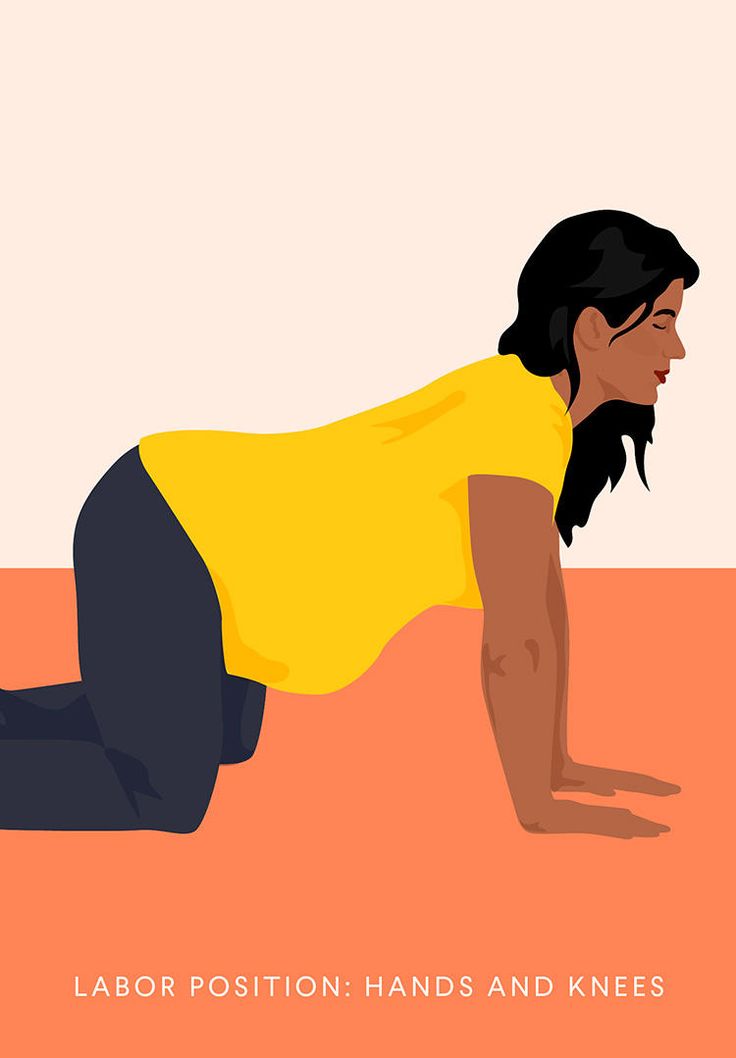 He believes that universal automation will occur in Russia when it can no longer be postponed, and until that time no more than 3-5% of working Russians will need new digital skills.
He believes that universal automation will occur in Russia when it can no longer be postponed, and until that time no more than 3-5% of working Russians will need new digital skills.
Media news2
Is advertising distracting? Subscribe to hide itZUP instruction 3.1.| Reflection of the results of a special assessment of working conditions
If, according to the results of a special assessment of working conditions, these conditions are recognized as harmful or dangerous, the employer is obliged to additionally accrue and pay insurance premiums at special rates to finance the insurance pension and pay the employee an increased salary. A higher level of remuneration is most often a bonus for working in harmful and (or) dangerous working conditions.
Consider what settings need to be made in the program to reflect the results of a special assessment of the working conditions of the stove maker. In our example, the organization conducted a special assessment of working conditions, the report on the results of which was approved on February 1, 2018.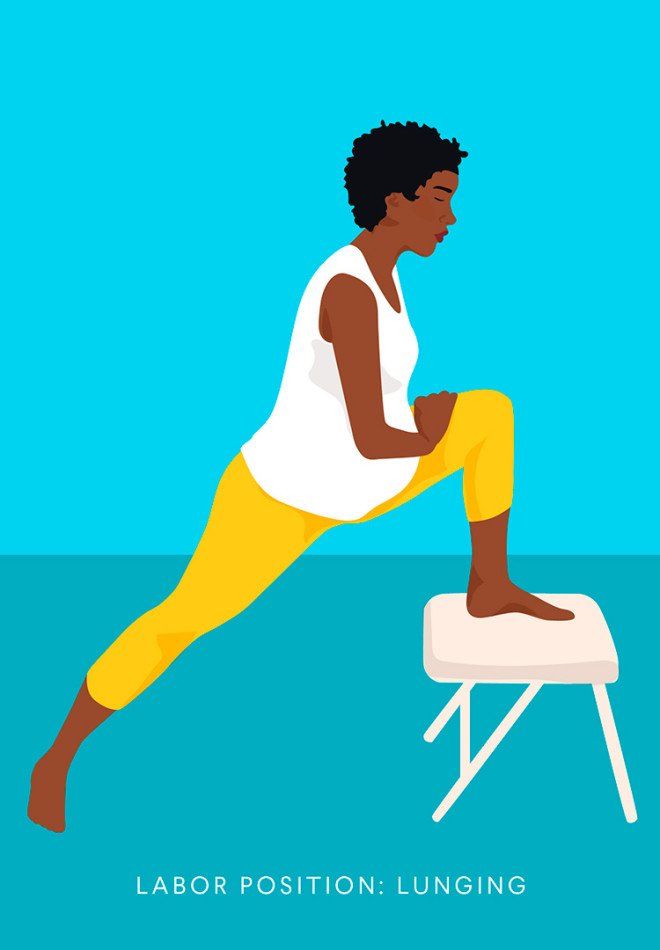 The work of the stove-maker was recognized as harmful, hazard class 3, subclass 3.2, and he was assigned an additional payment for harmful working conditions of 4%. The organization maintains a staffing table.
The work of the stove-maker was recognized as harmful, hazard class 3, subclass 3.2, and he was assigned an additional payment for harmful working conditions of 4%. The organization maintains a staffing table.
The example is described using the demo configuration database "Payroll and HR, edition 3.1 (3.1.7.61)". Subdivision 9 was additionally created in the database0071 Workshop for the production of porcelain and faience products and position Stove .
1
We will indicate changes in the accounting policy of the organization. To do this, in section Setting , go to directory Organizations and indicate that the organization has employees with the right to early retirement and the results of a special assessment of working conditions are applied.
2
After that, section 9 will be available in the position card0071 Special assessments of working conditions , which must be filled out according to the position.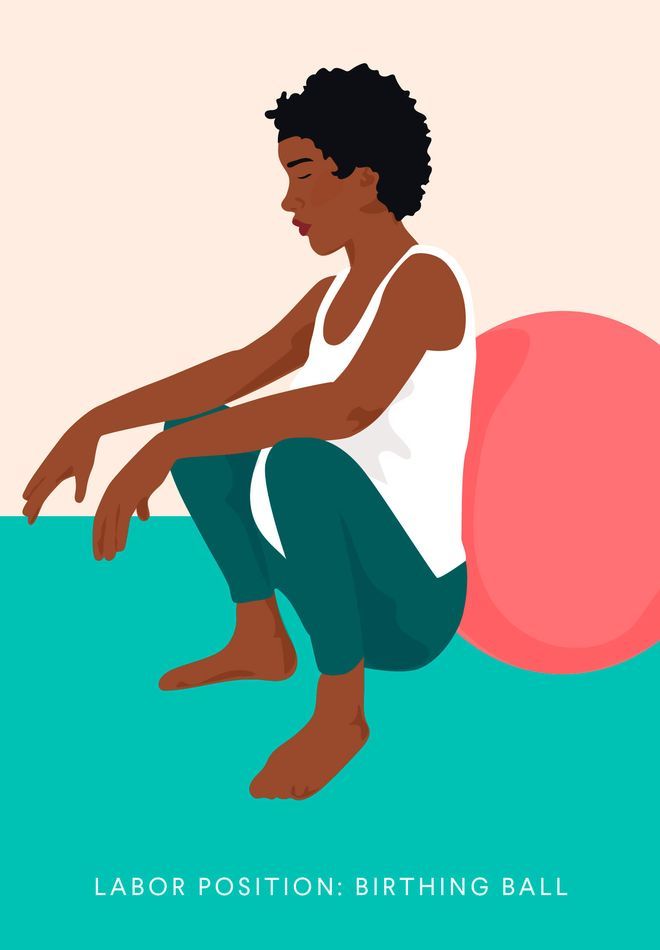
Condition class (special assessment) should be filled in according to the report on the special assessment, it determines the amount of the insurance rate for additional contributions.
Month of registration of changes determines from which month additional contributions will be accrued in accordance with the class of working conditions.
In the position card, we also fill out section Early retirement , in which you need to flag in field Contributions are collected for those employed in work with early retirement and indicate that this is Work with difficult working conditions, subparagraphs 2 - 18 of paragraph 1 of Article 30 of the Law "On Insurance Pensions" , indicate in field Special working conditions code from the Classifier of PFR parameters (positions with special conditions corresponding to clauses 1-10, clause 17, clause 18, part 1, article 30, clause 7, part 1, article 32 of the Federal Law dated 28.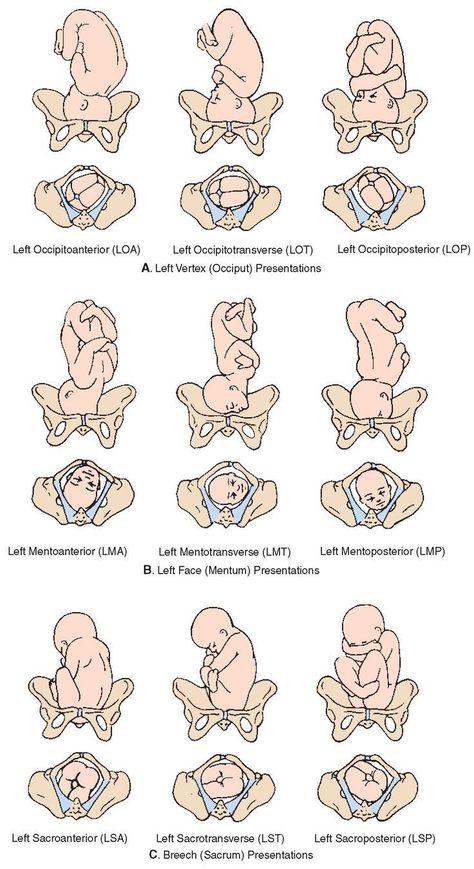 12.2013 No. 400-FZ) and in field List position code in accordance with the data of List No. 1 or List No. 2, approved by the Decree of the Cabinet of Ministers of the USSR dated January 26, 1991 No. 10. Further in field Character. of work performed enter a description of the work provided for the position and in field Primary documents indicate the details of the protocol of the commission that approved the results of the special assessment.
12.2013 No. 400-FZ) and in field List position code in accordance with the data of List No. 1 or List No. 2, approved by the Decree of the Cabinet of Ministers of the USSR dated January 26, 1991 No. 10. Further in field Character. of work performed enter a description of the work provided for the position and in field Primary documents indicate the details of the protocol of the commission that approved the results of the special assessment.
Next, fill out section Hazard allowance , in which we indicate the amount of the allowance for harmful working conditions.
Important! If it is not possible to add an allowance for harmfulness in the position card, check the appropriate setting. To do this, go to section Setting , subsection Payroll . Next, follow the link Setting the composition of charges and deductions set the flag in the field Extra charge for harmfulness in section Other charges .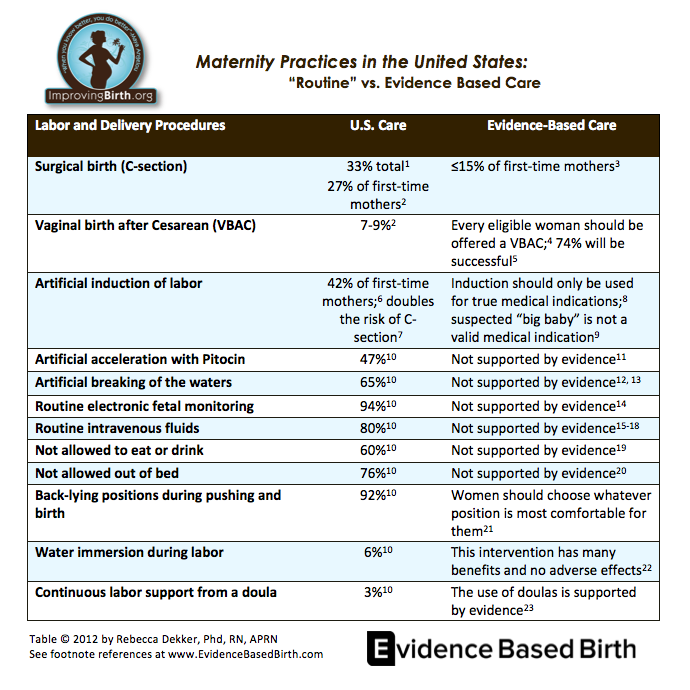
3
Enter data on the special assessment of working conditions in the staffing table, according to the position of the staffing table. To do this, create a document Change staffing , in which, by clicking the button Change position , select Pechnik and add the allowance and information about the special assessment. In fact, we “transfer” the changes for the position of Pechnik to the position of the same name in the staffing table.
4
Further, with the document Personnel transfer , we transfer the employee to the position of a stove-maker. Even if he was previously listed in this position, a personnel transfer is needed for the employee to receive a bonus for harmful working conditions.
After these settings in the document Payroll and contributions , the employee will be charged a bonus for harmful working conditions
and go through the calculation of contributions at an additional rate.